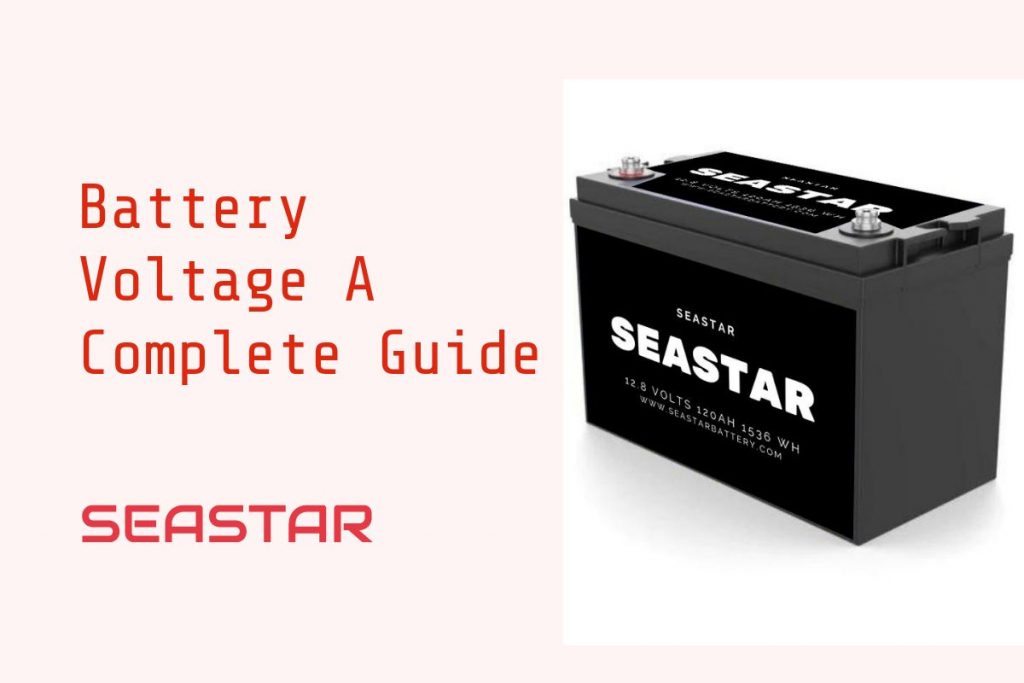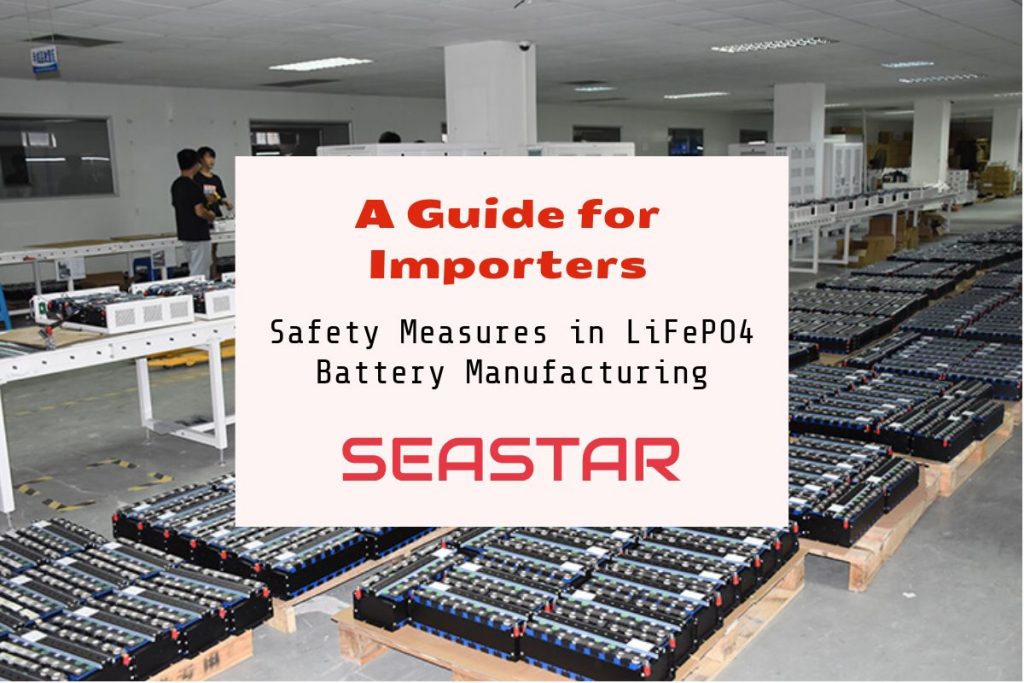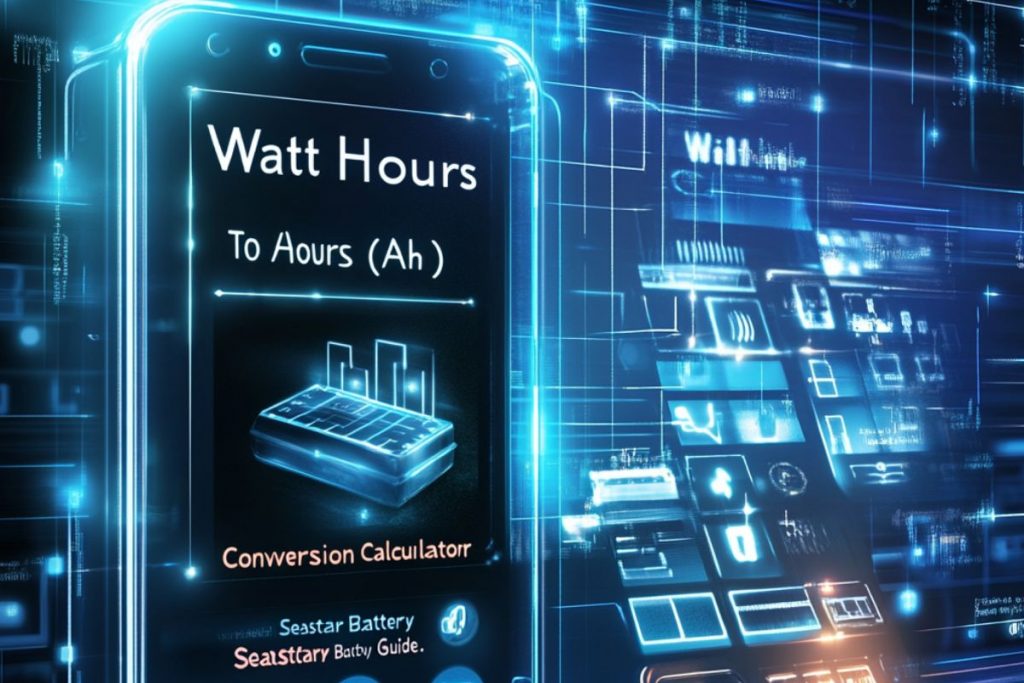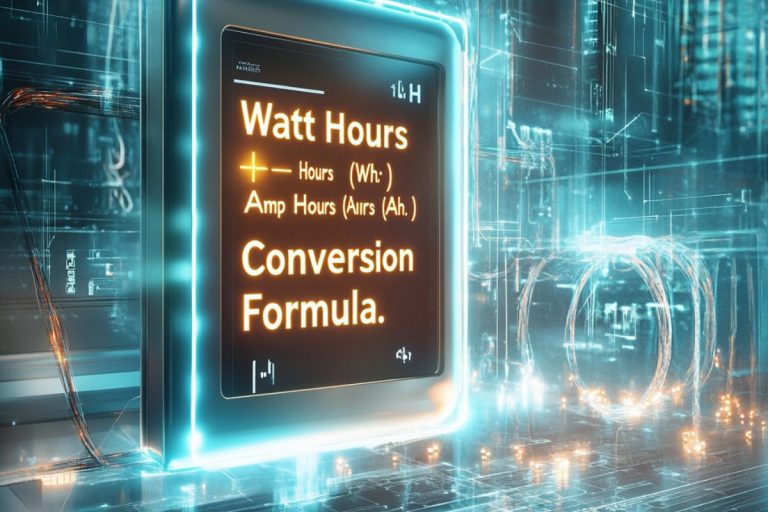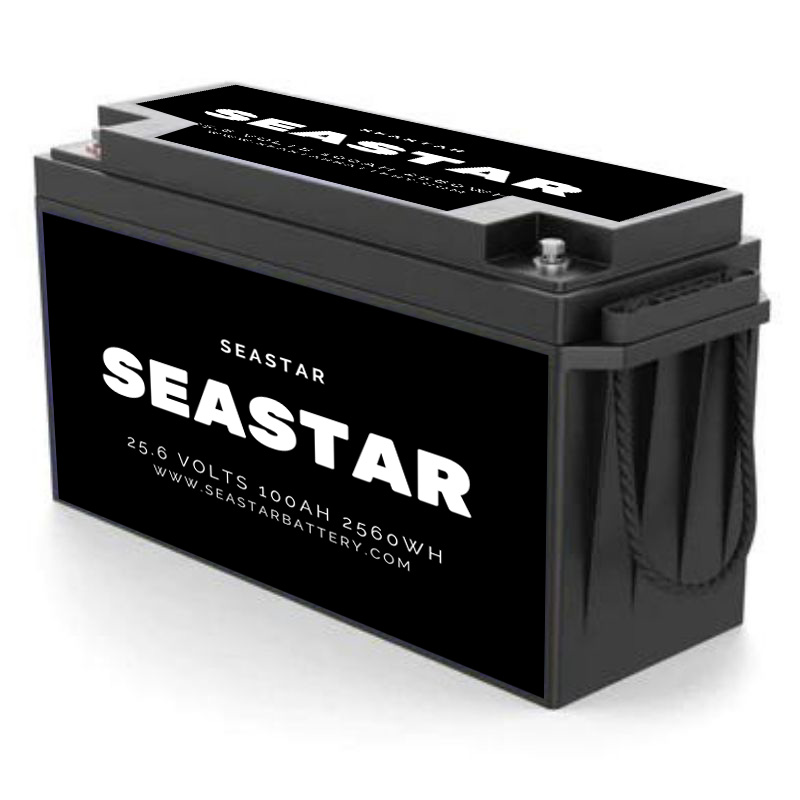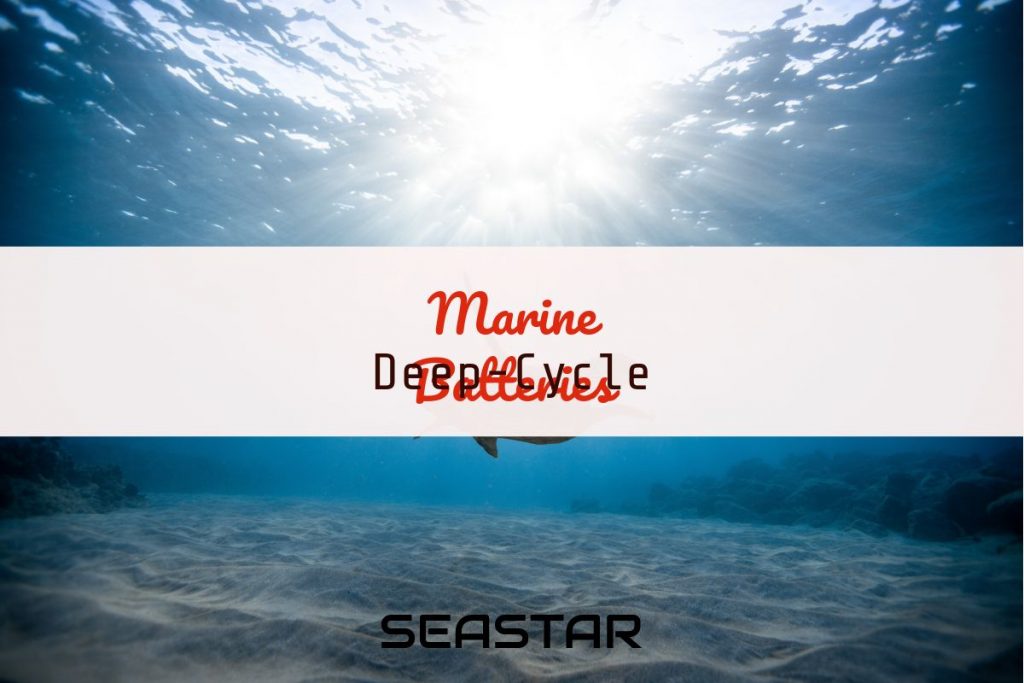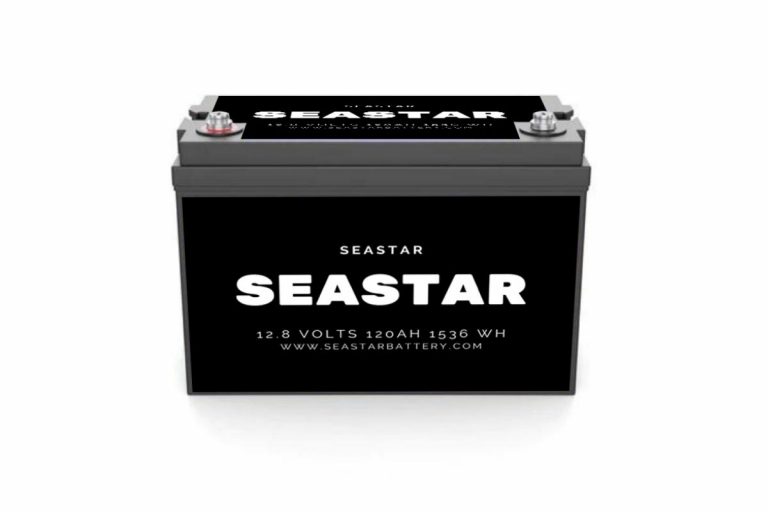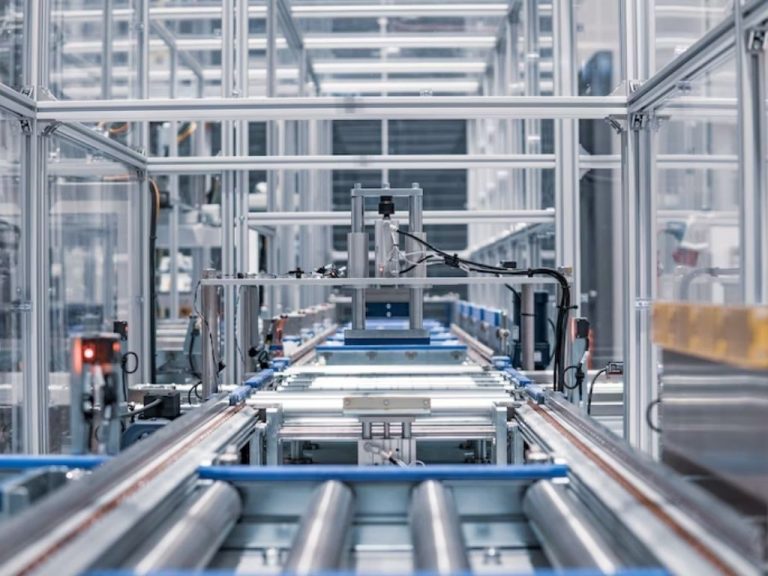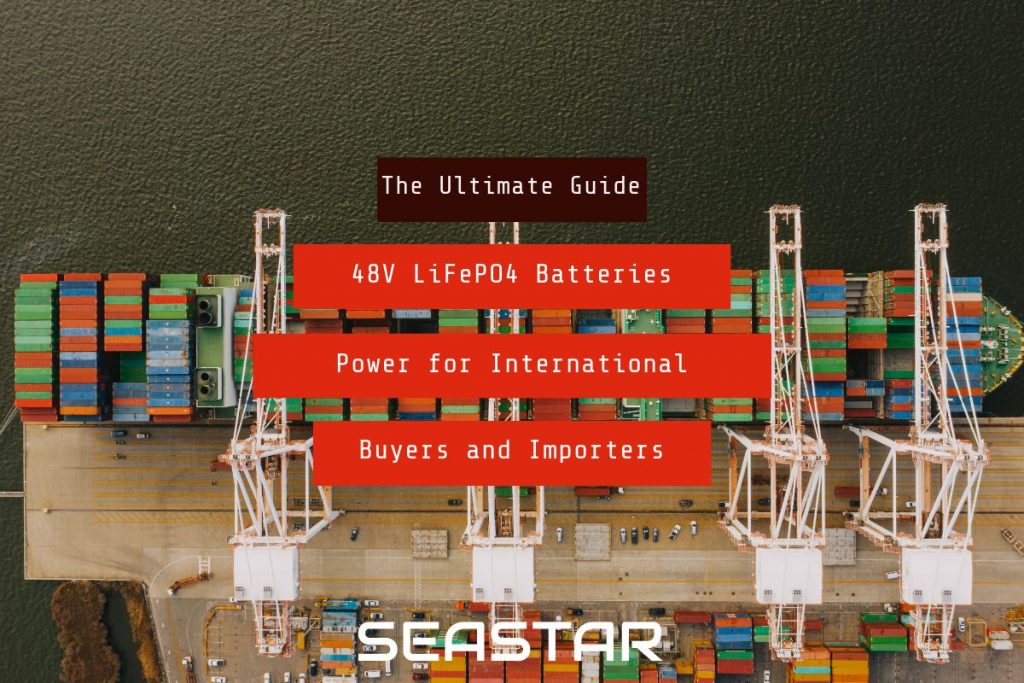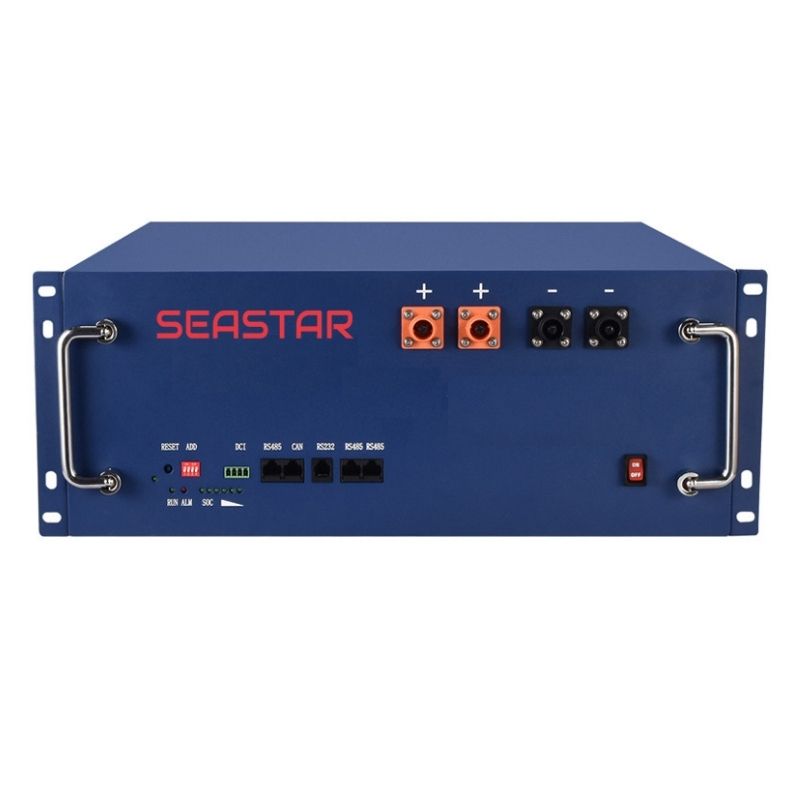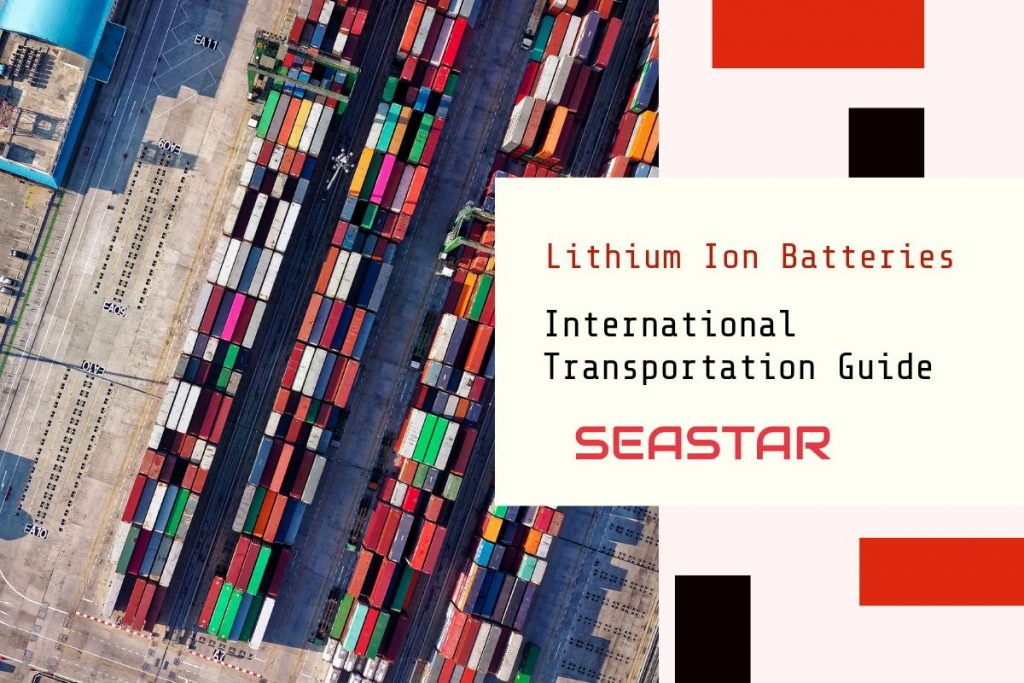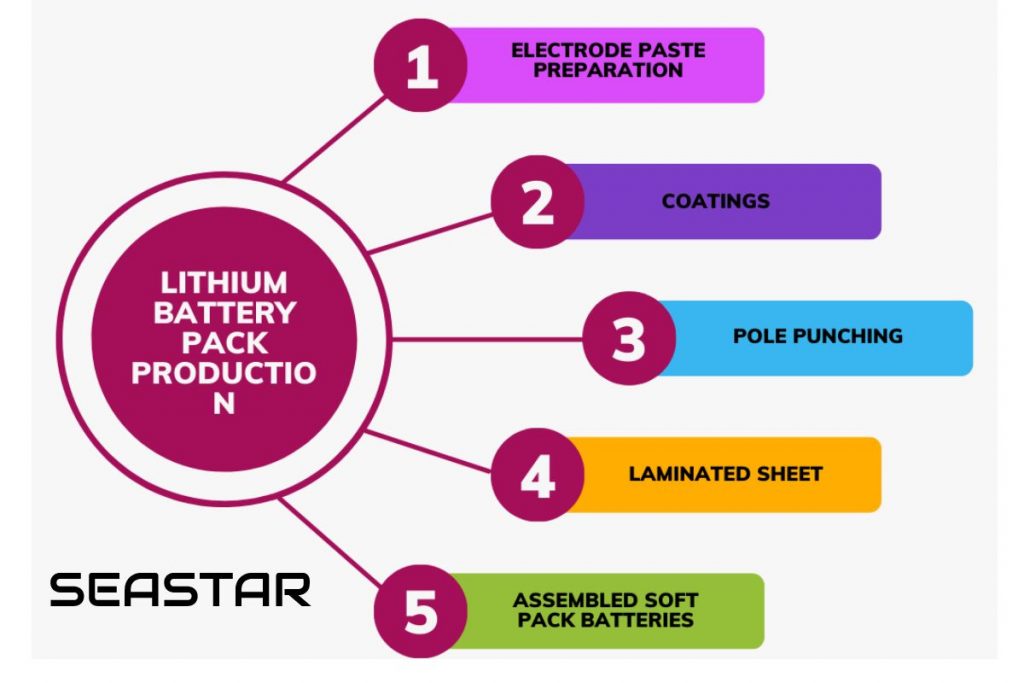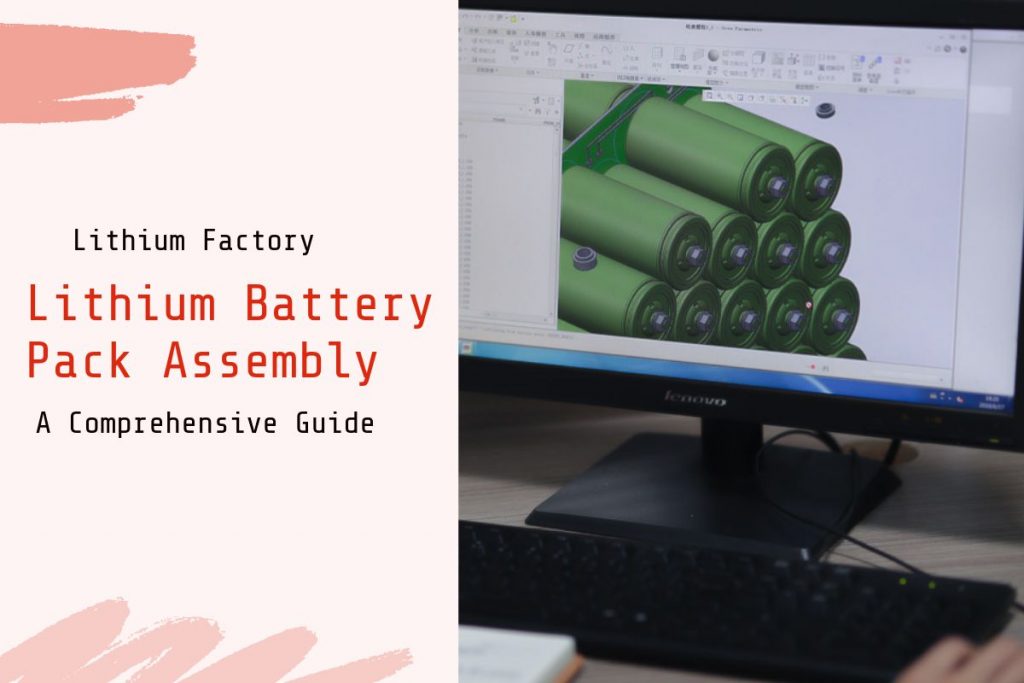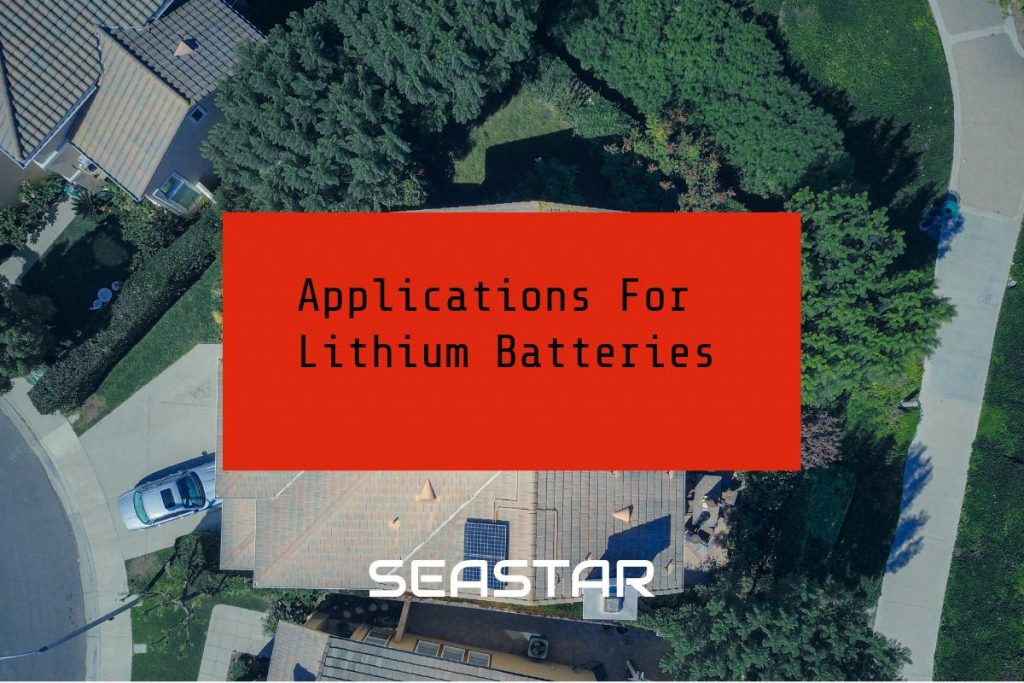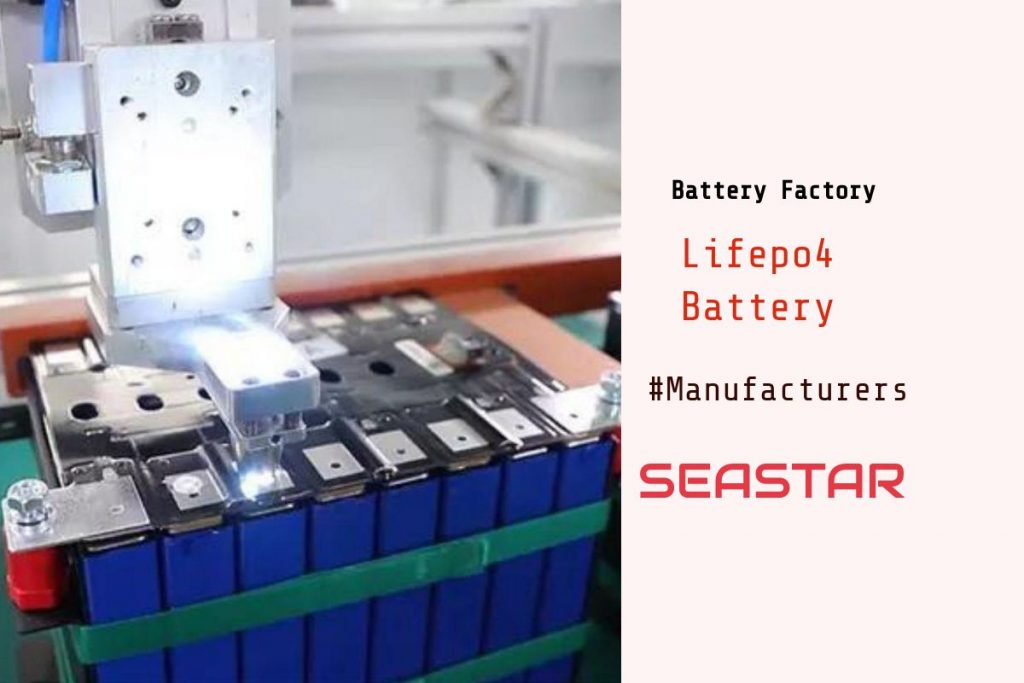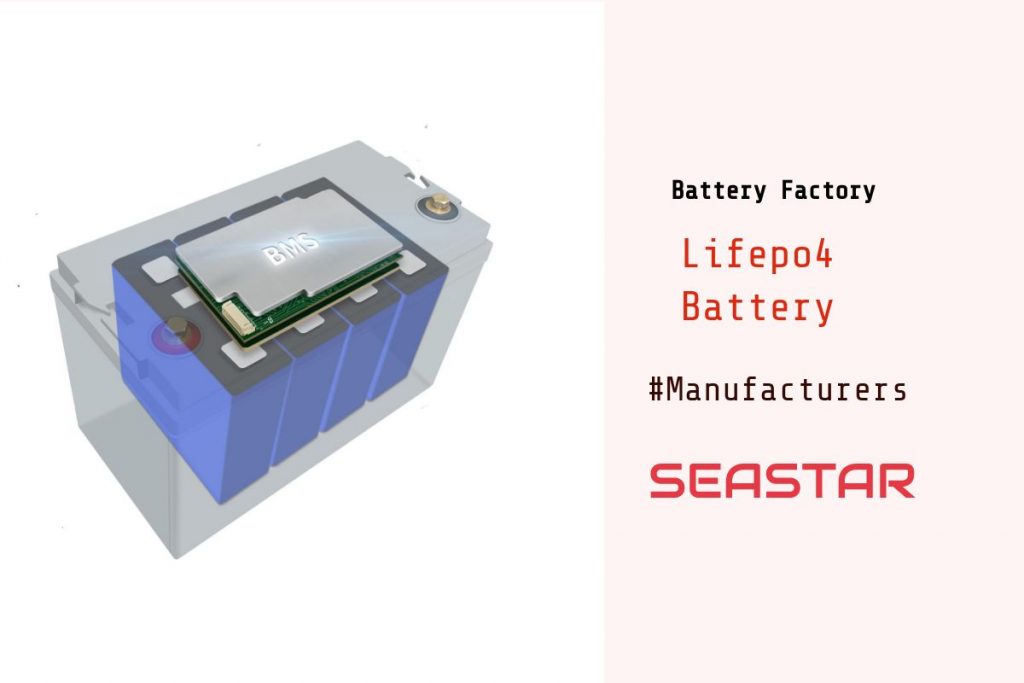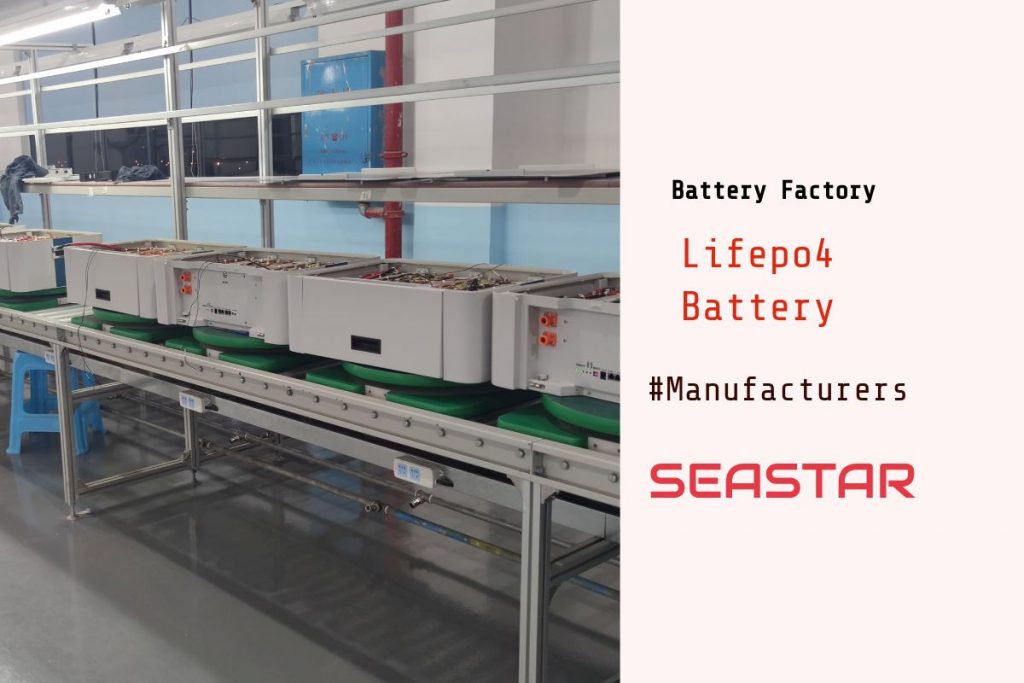Introducing Seastar Battery: Powering Your Marine Adventures
As a leading lithium battery manufacturer based in Shenzhen, China, Seastar Battery is dedicated to providing high-performance solutions for marine applications. We understand the unique requirements of starting and dual-purpose batteries in gasoline engines and offer reliable options for your vessels. manufacturer based in Shenzhen, China, Seastar Battery is dedicated to providing high-performance solutions for marine applications. We understand the unique requirements of starting and dual-purpose batteries in gasoline engines and offer Starting batteries for gasoline engines that demand consistent high cold cranking amps (CCA), temperature resilience, and vibration resistance. Our maintenance-free spill-proof batteries excel in these areas, ensuring reliable starts even in extreme conditions. With High Cycle Reserve Capacity (RC), they can power additional electronic equipment like GPS, depth finders, radios, navigation lights, bilge pumps, and live wells, making your marine experience convenient and enjoyable.
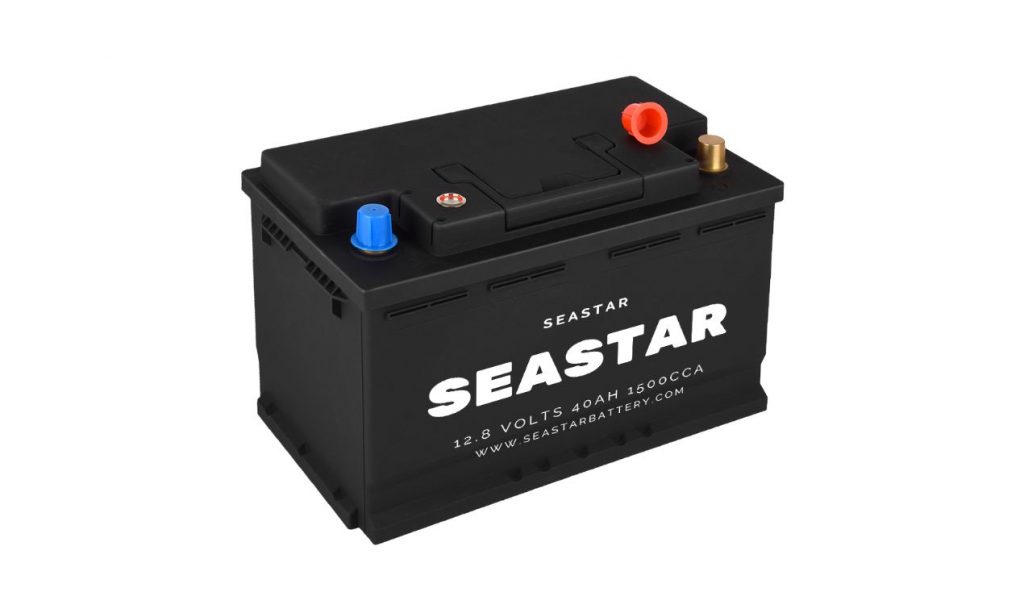
Our starter batteries are designed with specific specifications in mind. Cold Cranking Amps (CCA) measure the discharge capability at -18°C / 0°F, while Marine Cranking Amps (MCA) and Cranking Amps (CA) evaluate performance at 27°C / 80°F and 0°C / 32°F, respectively. These ratings ensure optimal cranking power for different engine types, temperatures, and ignition systems.
For dual-purpose batteries, we offer options that excel in delivering consistent CCA, operating in various temperature ranges, and withstanding vibration. Whether you require micro-cycle or high-cycle characteristics, our dual-purpose batteries provide the right balance between cranking power and reserve capacity, supporting your electronic equipment and moderate electric loads.
At Seastar Battery, we prioritize performance, reliability, and longevity. We offer solutions tailored to your marine needs, backed by our expertise in the industry. Trust Seastar Battery to power your marine adventures and exceed your expectations. Contact us today to explore our range of high-quality batteries.
Introducing Seastar Battery: Powering Your Marine Adventures Read More »

